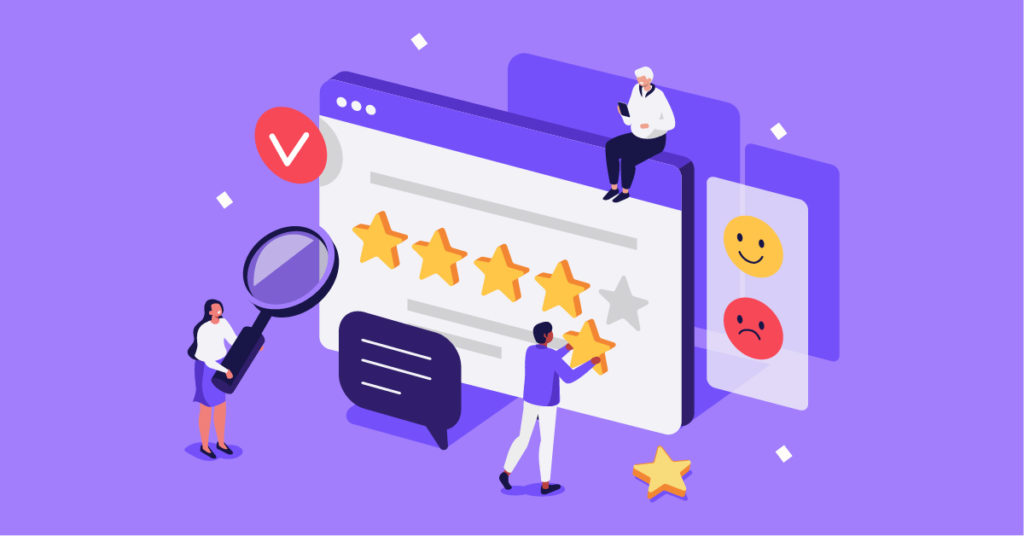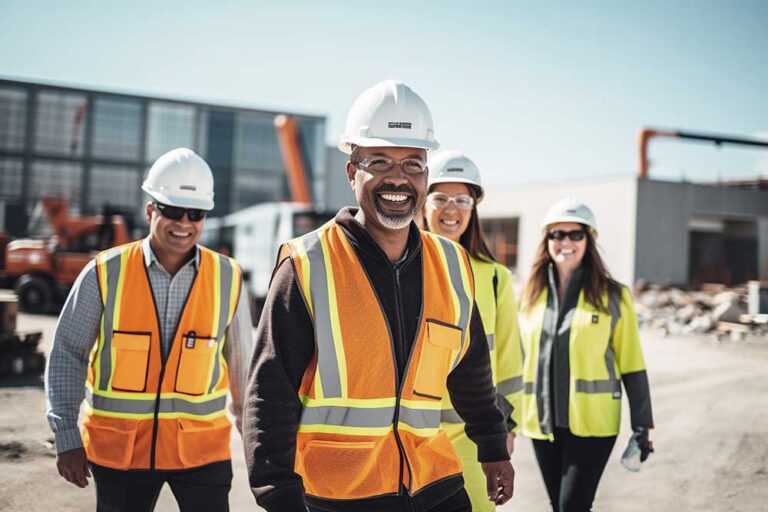Companies have billions of dollars (and maybe even billions of hours) invested in customer experience. As an example, let’s say you’re a retailer and you’ve invested in and built what you think is the perfect customer experience for shoppers.
Two customers walk into one of your stores. What happens? They each have their own customer experience. Because no matter what you’ve built, or how well you’ve built it, each customer has entered the store with their own unique needs and their own history.
The very same thing happens with your employees. While I hope you’re looking to build a great employee experience at your company, keep in mind that every single one of your employees is going to have their own employee experience because we all want something unique from our professional life.
McKinsey, a global management consulting firm in more than 130 cities and 65 countries, recently interviewed more than 1,000 people on their views of work. Out of that research, McKinsey identified nine elements to a complete employee experience. I do not believe that organizations can focus on all nine at once, but placing priority and emphasis on the ones that matter most will be a smart approach. So how do you find out those priorities? Ask the ones they matter to most—the employees.
Social experience
- People and relationships
- Teamwork
- Social climate
Has anything changed more in the last two years than our social experience – inside and outside of work? I’ve wondered publicly about the impact the pandemic has had on teams and friendships at work. I doubt we’ll ever quantify the impact, but it’s something we can all feel.
Work experience
- Work organization
- Work control and flexibility
- Growth and rewards
Some organizations have thrived, while others have not. The ones who empowered leaders and managers to do the right thing are coming out ahead. The organizations that adapted quickly to employee needs are the ones winning. But perhaps those who listened to employees will win the biggest prize: employee loyalty during the “Great Resignation”. Those that are fighting the trends? We’ll see you in the loss column.
Organization experience
- Purpose
- Technology
- Physical environment
We seem to hear all about the hybrid work environment (it’s an important topic) but for nearly 80% of global workers out there, hybrid is merely noise. They can’t choose where they want to work or when. They are on the front line.
For us at Firstup, it’s good to see the technology for hybrid work called out. That’s what we do, but not all we do. We know that simply dropping in technology does not contribute to a positive employee experience. Aligning the technology with your business goals and priorities will. This is why for six years we’ve had an expert services team that works alongside our customers to make sure that our technology just doesn’t work, but works for everyone at the company.
Digging more into the research, we learn that employees at leading employee experience companies are more inclined to surpass work expectations, having a 40 percent higher level of discretionary effort. Remember that “discretionary effort” phrase typically being used to describe employee engagement? It has now snuck its way into the employee experience conversation. (Check out Employee engagement and employee experience statistics for more information!)
One thing we can all agree on (and McKinsey confirmed) is that our view of work has changed dramatically during the pandemic. The conflict we’ve seen comes from those who wanted work to change and those who want it to go back the way it was. But no matter which side you’re on, we can acknowledge that the employee experience conversation has evolved.
If you graded your organization on those nine important priorities, where would the highs and lows be?











